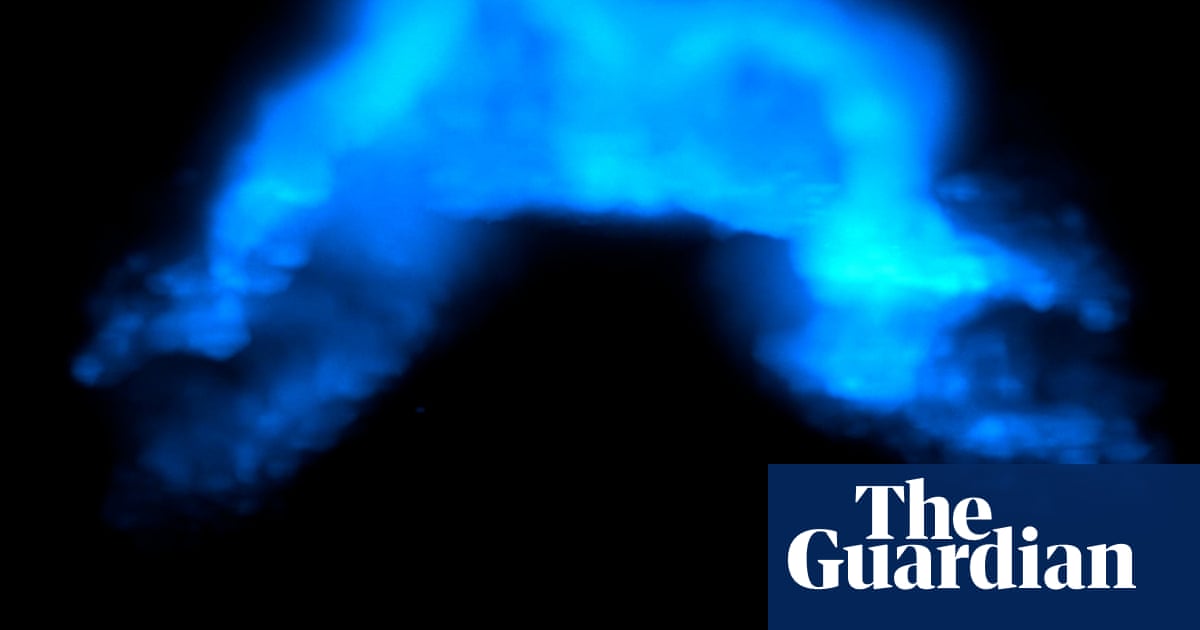The moment a heart begins to form has been captured in extraordinary time-lapse images for the first time.
The footage reveals cardiac cells in a mouse embryo begin to spontaneously organise themselves into a heart-like shape early in development. Scientists say the technique could provide new insights into congenital heart defects, which affect nearly one in 100 babies.
“This is the first time we’ve been able to watch heart cells this closely, for this long, during mammalian development,” said the study’s senior author, Dr Kenzo Ivanovitch of University College London’s Great Ormond Street Institute of Child Health. “We first had to reliably grow the embryos in a dish over long periods, from a few hours to a few days, and what we found was totally unexpected.”
The footage of the developing embryos was captured using a technique called advanced light-sheet microscopy. This allowed scientists to track the embryos as they went through a developmental milestone known as gastrulation, when the embryo begins to form distinct cell lines and starts to establish the basic axes of the body.
Soon after, heart muscle cells organise themselves into a large tube that will go on to divide into sections that will eventually become the walls and chambers. In babies with heart defects, a hole can form during this process.
Using fluorescent markers, the team tagged heart muscle cells called cardiomyocytes, causing them to glow in distinct colours. Snapshots were captured every two minutes over 40 hours, showing the cells moving, dividing and forming a primitive organ. This allowed the team to see when and where the first cells that make the heart appeared in the embryo.
The researchers found that early during gastrulation (about six days into mouse embryo development), cells contributing solely to the heart emerged rapidly and behaved in highly organised ways. Rather than moving randomly, they began to follow distinct paths, whether contributing to the ventricles (the heart’s pumping chambers) or the atria (where blood enters the heart from the body and lungs).
“Our findings demonstrate that cardiac fate determination and directional cell movement may be regulated much earlier in the embryo than current models suggest,” said Ivanovitch. “This fundamentally changes our understanding of cardiac development by showing that what appears to be chaotic cell migration is actually governed by hidden patterns that ensure proper heart formation.”
The team said the insights could advance the understanding and treatment of congenital heart defects and accelerate progress in growing heart tissue in the lab for use in regenerative medicine.
The findings were published inthe EMBO Journal.
